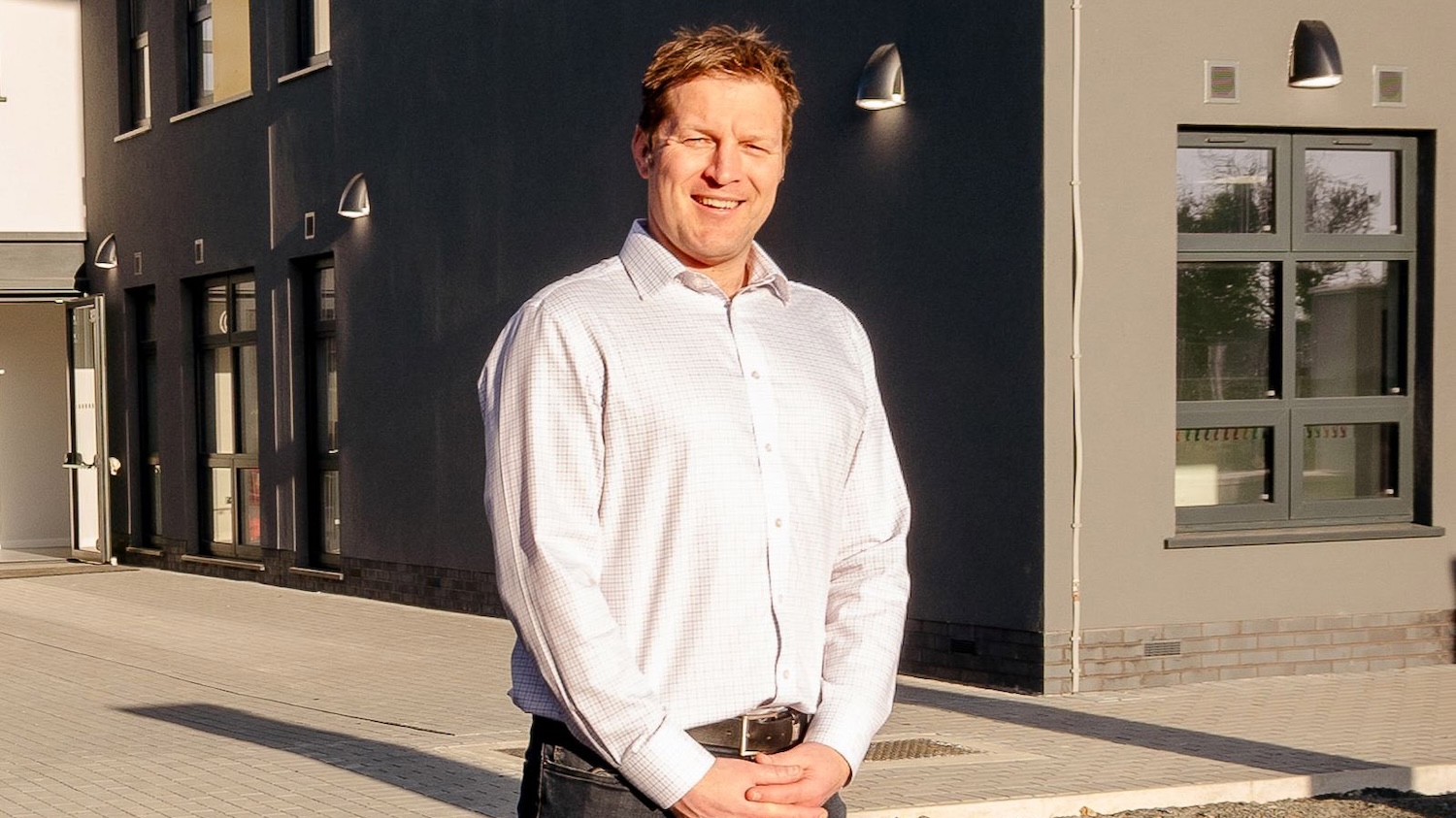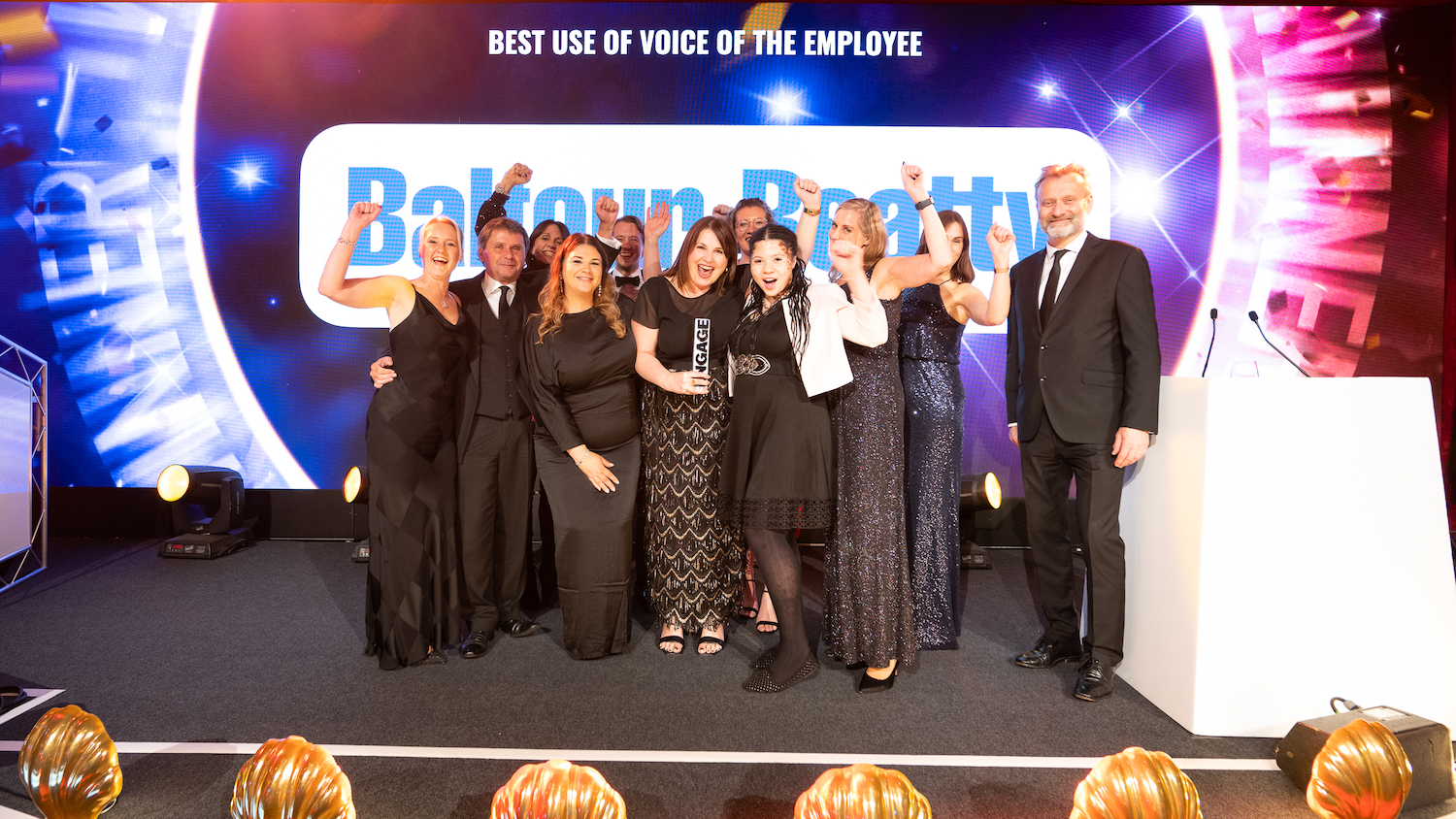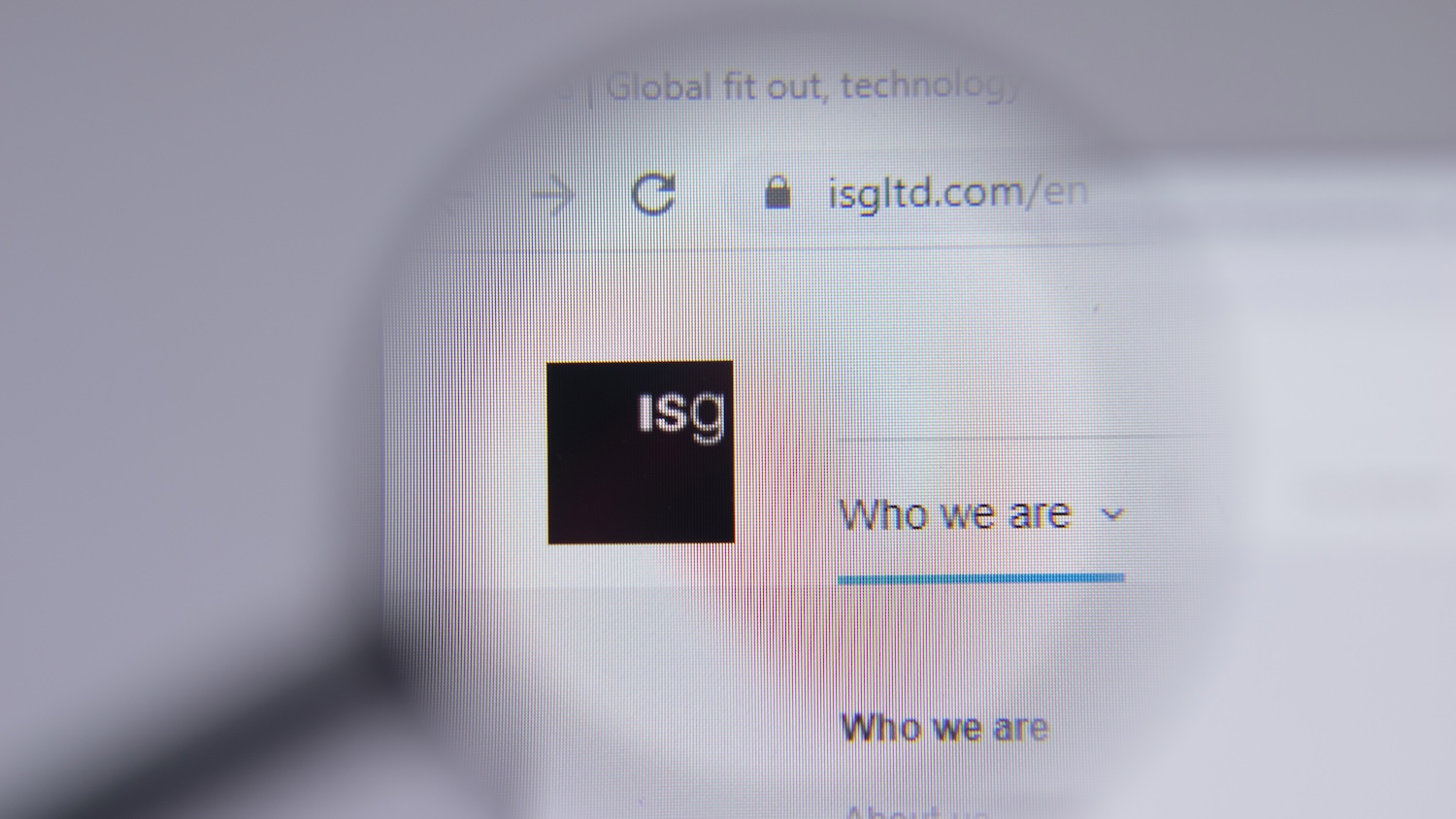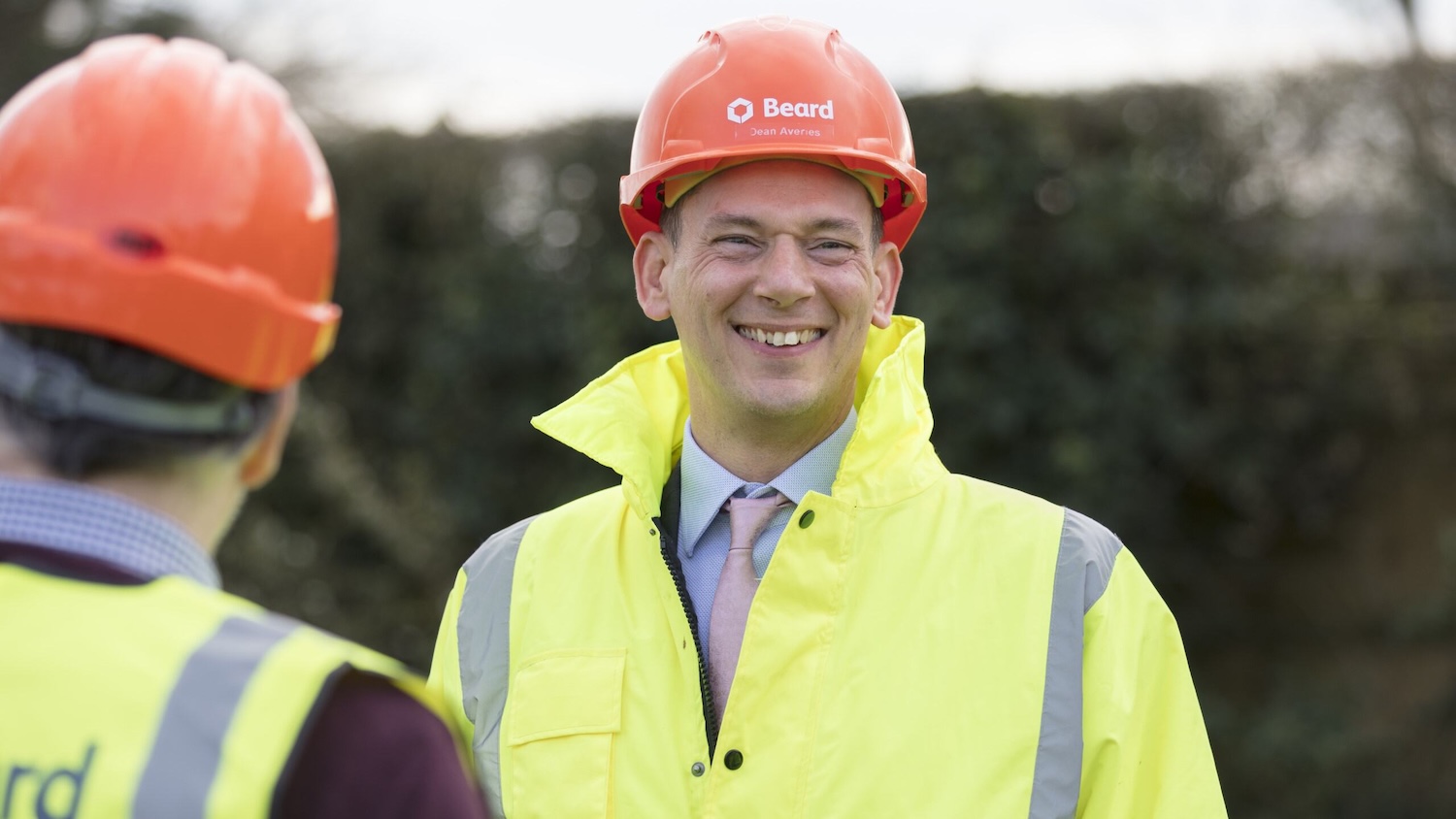
Three practical approaches for cognitive diversity
Performance coach Dave Stitt starts a new series for CIOB People looking at the pitfalls often faced by construction leaders and ways to avoid them. Here, he discusses how to foster diversity of thought within your company
There’s a lot of exhortation about the importance of diversity, but how can you practically promote it among the people you’ve already got? Here are three practical ways.
They are a bit different, that’s the point. Take courage and try something different. Each approach links to a resource so you can dig a little deeper.
Promoting diversity and inclusion in meetings
I’ve sat in thousands of meetings: as an attendee, participant, chairman and coach. It’s where we humans get together to think, talk and hopefully sort stuff.
Leaders of construction projects and organisations tell me they spend most of their time in meetings. That being the case, meetings are important and a good place to start when getting practical about diversity.
If you call people ‘attendees’, there is a good chance that’s just what they are going to do. Attend and say nothing
But first, a digression. If you call people ‘attendees’, there is a good chance that’s just what they are going to do. Attend and say nothing. What you presumably want is participants, participating. From here on, no more attendees. Please.
So, practical diversity. We are all different. Fact. But how do we bring our difference, and more particularly our different thinking, to the table?
How we start our meetings is important. Mostly, people turn up and someone starts talking, usually about the problem, and then we are off down into the detail. A few actively contribute, some occasionally mumble something, while others say nothing.
In The magic your meetings are missing, Matt Munson sets out how to use a simple “check-in” to level up meetings and bring your team closer. I love the diversity pay off.
Right at the start of the meeting, each person declares where they are at: I’m here, focused, ready to go; or I’m here but mildly distracted; or I’m physically here but my mind or emotions are entirely elsewhere. It’s up to the individual as to whether they add narrative. Support can be offered, accepted or declined.
I use this check-in with teams I am coaching. It’s a lovely way to start a meeting.
People have so much happening in their lives and they arrive in very different states. Patiently giving them a few moments to acknowledge their state and to transition into the meeting creates psychological safety, allowing them to bring their difference and ensure everyone is included.
I have seen many an edgy start transformed in a matter of minutes. Sometimes that’s all it takes to promote practical diversity and inclusion. Read Matt’s article here.
Dial up your colours
A client called me to explain that his team had eight months’ worth of work and just six months in which to do it due to a fixed project completion date. He said his people were tired, morale was low and the pressure was mounting.
I asked him what had been implemented to improve the mood among the team and he reeled off: “Incentivised suggestion schemes, posters on the walls, 5% bonus for finishing on time, nights out at the bowling, monthly newsletter, family days out, go-cart racing, paintballing, fish and chip Fridays, and more.”
I told him that I coach leadership teams who then work towards building an environment in which everyone can come to work and do their best work. In my experience, when that happens morale looks after itself. He said: “Let’s go for it.”
Early in the programme with his senior team, I invited them to assess their ‘colours’. All eight of them – all men – were reds. Reds are typically driven, determined, task-focused, tellers.
The senior team acknowledged that they generally worked things out and told everybody what to do and how to do it.
“What’s the risk with your collective profile?” I asked. And they all agreed that everybody knows what they should be doing, but they are all burnt out.
Their solution to that? Well, they didn’t have one. They were stumped. One suggested that the team just had to try harder, shift up a gear.
There was no diversity of thought. They had all come up the ranks the same way. They were all from the same industry and their bosses used the same approaches on them. What had got them here was no longer working and they were out of ideas.
This is unsurprisingly common in my work with leadership teams – incredibly hard working, task focused, determined to succeed, unstoppable and their answer is “harder and faster".
They have it in them to dial up their yellow (influencing) and green (nurturing), so that is often part of the work I do with them.
If you relate to these reds, how can you dial up your yellow and green?
Slow down. Chances are you are looking at the project. Turn around and look at your people – that’s where your success is to be found. The few of you are not going to deliver this project in superquick time, your people are.
Think people. Go deeper, tune into emotions, yours and theirs. This is where you will connect, at the emotional level. Take some time to ask your people what it’s like round here and how they feel about it. Listen, take your time and respond, rather than react.
Spend time with yellows and greens, embrace their thinking and energy. Embrace them, bring them into your top team. Emotional intelligence is needed in this situation, not more grunt. It’s the grunt that’s making them leave.
Read my blog post Lead with all your colours here.
The calculus of teams
Can you remember differentiation and integration from maths at school? I wonder if anyone uses that in their work these days.
The differences in the way team members see things combine and lead to new thinking and ways of moving forward towards their success
In my work with leadership teams, I look to open up different perspectives on the challenges ahead. The differences in the way team members see things combine and lead to new thinking and ways of moving forward towards their success. Teasing out these differences is what I equate to differentiation.
Many people in these teams talk about and value alignment and so they seek to resolve differences through general discussion until they reach a point where they get behind the most popular notion and move forward.
I think it’s better to integrate differences so that everyone’s perspective on the matter is honoured. Each person then has a stake in the game and the team moves forward unified and with commitment.
This differentiation and integration is what I call the calculus of teams. I think this is more useful to people leading people than the mathematical calculus we learnt at school.
This is diversity and inclusion in practice. Here’s a simple methodology I’ve used many times – it works beautifully.
The matter at hand is posed as a question. The people split into pairs and each has three minutes to voice their perspective on the question. The other person listens without interruption and keeps time. After three minutes they swap round for another three minutes.
The team members come back together and do a ‘round’ where each person has one timed minute to share their thinking. This is differentiation.
Then there are two minutes of quiet individual reflection. Team members have the opportunity to consider all the contributions, followed by another round where each has a timed minute to share their enhanced thinking.
At this point, a volunteer summarises the themes arising from the two rounds. This is integration.
Informed by the themes, the team then agrees: the way forward, action and by when.
This methodology is based on Time to Think by Nancy Kline. Get it here.
Dave Stitt FCIOB is a chartered civil engineer, and professional certified coach at DSA Building Performance.







